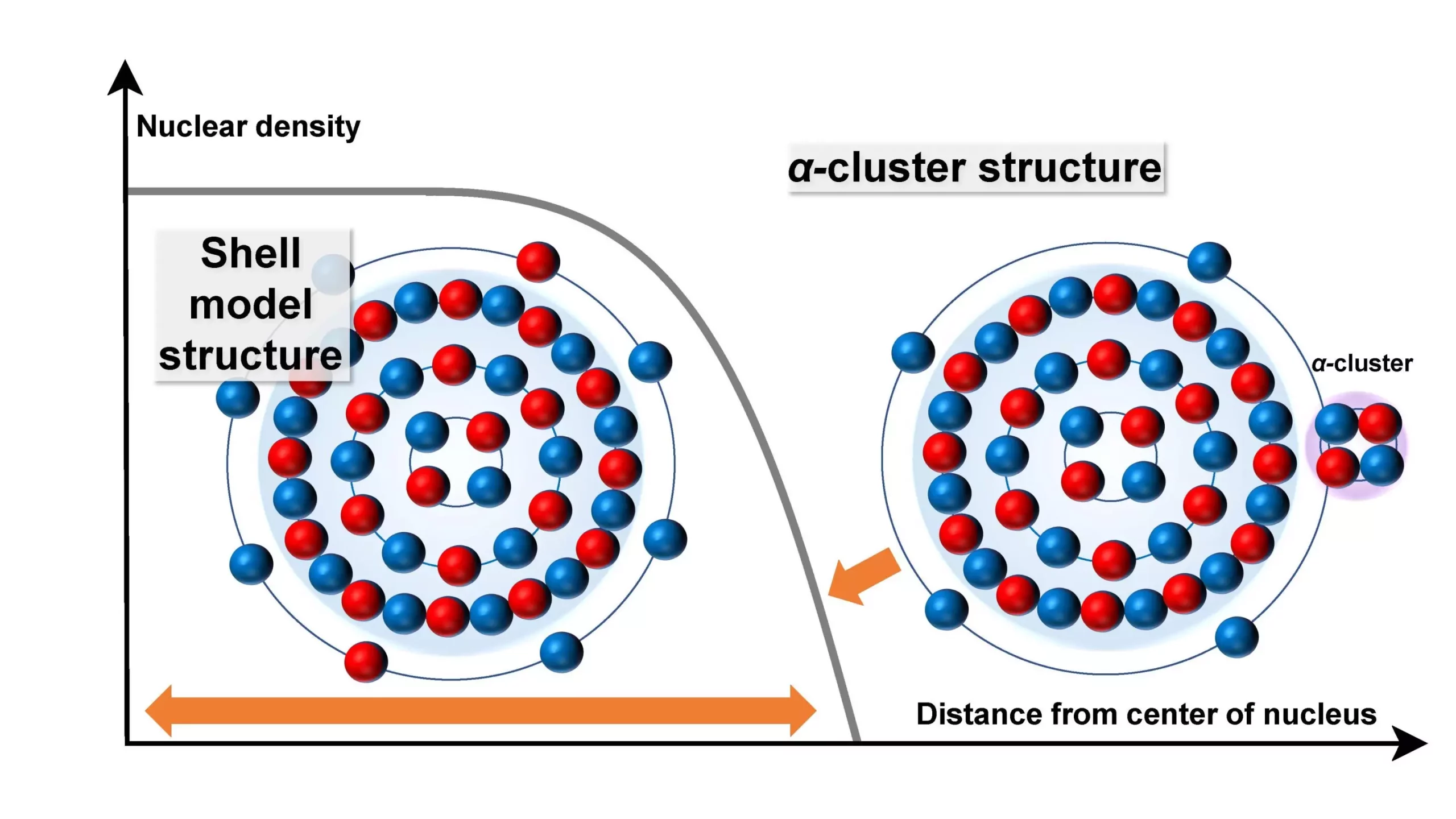In the realm of nuclear physics, understanding the structure of atoms is akin to exploring uncharted territory. Researchers are delving deeper into the subatomic world, where particles like protons and neutrons exist in a delicate dance that shapes the very fabric of matter. Recent work from Osaka Metropolitan University highlights significant revelations in this area, introducing concepts that challenge our long-held perceptions of atomic structure. The revelations hold immense implications, not just for academia but also for practical applications in various fields.
Examining Titanium-48: A Case Study
Focusing on titanium-48, a prevalent isotope with a configuration of 22 protons and 26 neutrons, the research team, led by graduate student Maito Okada, Associate Professor Wataru Horiuchi, and Professor Naoyuki Itagaki, set out to explore the nuances of nuclear organization. By leveraging sophisticated theoretical models and comparing them with existing experimental data, they aimed to answer a pivotal question: Is titanium-48’s structure indicative of a shell model, or does it exhibit features of an alpha-cluster configuration?
Traditionally, shell models suggest a symmetric arrangement of nucleons. However, the alpha-cluster structure posits a more complex, asymmetrical formation, where clusters resembling helium nuclei sit at the periphery. This distinction is not trivial; it reorients our understanding of how nuclear structures develop and behave under various conditions.
Collision Dynamics and Nuclear Reactions
The research hinged on an experimental methodology examining collision dynamics. By simulating high-energy collisions between accelerated protons, as well as alpha particles, with titanium-48, the team could glean clues about nuclear structure variations. This approach is ingenious as it delineates how protons impact the inner structure while alpha particles reveal information from the nuclear surface, providing a dual layer of insights.
The findings indicate that titanium-48’s nuclear structure is fluid, capable of morphing from a well-defined shell model to an alpha-cluster arrangement depending on the distance from the nucleus’s center. This discovery is unprecedented; it fundamentally alters how scientists view atomic structure, proposing that these configurations are not fixed but rather dynamic entities that can shift based on internal and external influences.
Implications for Nuclear Decay Theories
The significance of these findings extends beyond academic curiosity. Professor Horiuchi noted that these results could offer a novel perspective on the long-standing enigma of alpha decay—a nuclear process that has evaded complete understanding for nearly a century. The distinction between shell and alpha-cluster structures can provide vital clues in unraveling the complex mechanisms underlying nuclear decay, thus bridging theoretical frameworks with experimental realities.
In embracing these findings, the scientific community could be on the verge of a paradigm shift in nuclear physics. Researchers need to pursue these new avenues vigorously, as the implications of altering our understanding of atomic structure are expansive. In navigating this intricate world of particles, we stand to gain not only richer knowledge but also potentially transformative applications that could change technologies ranging from energy production to medical diagnostics.

